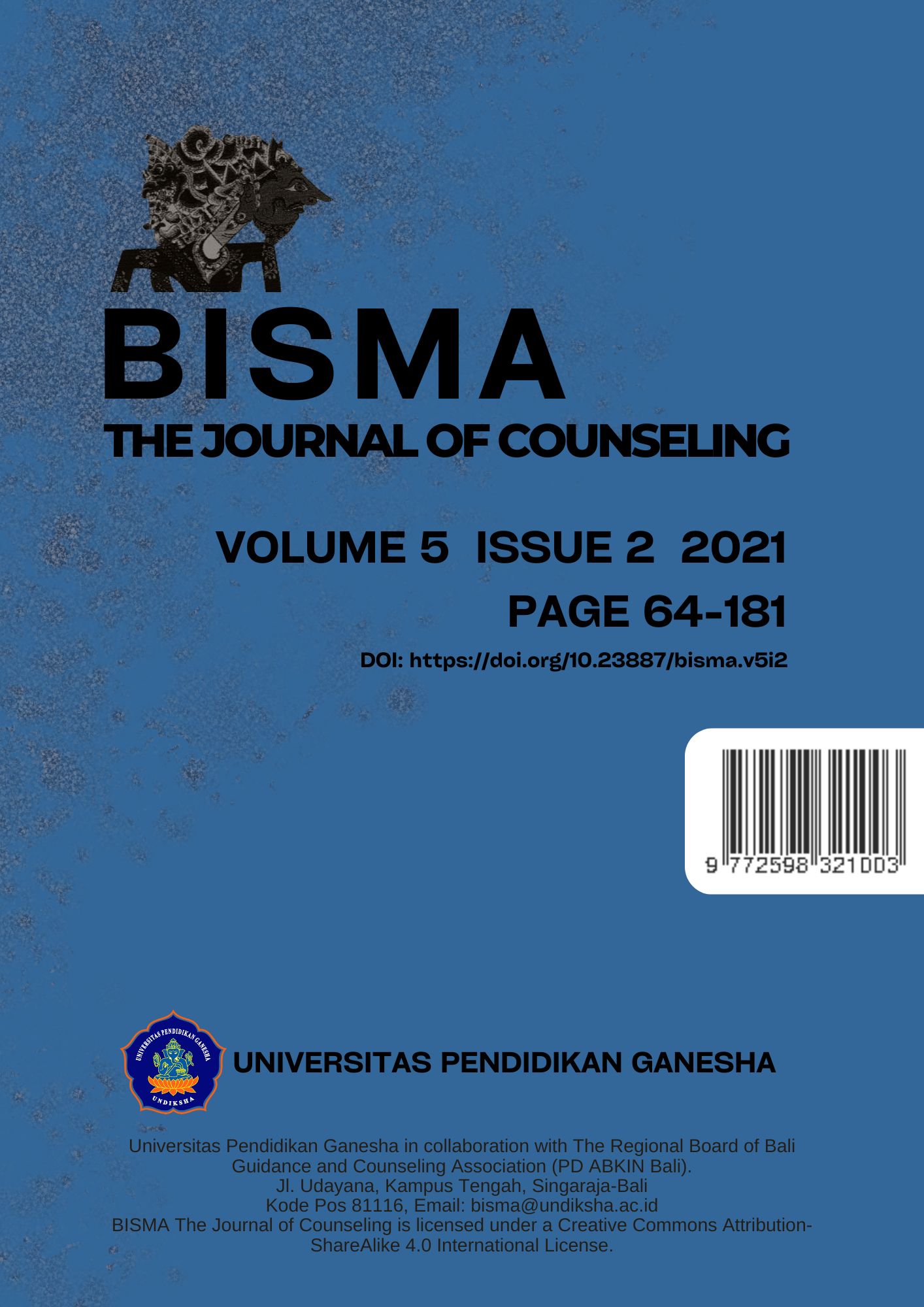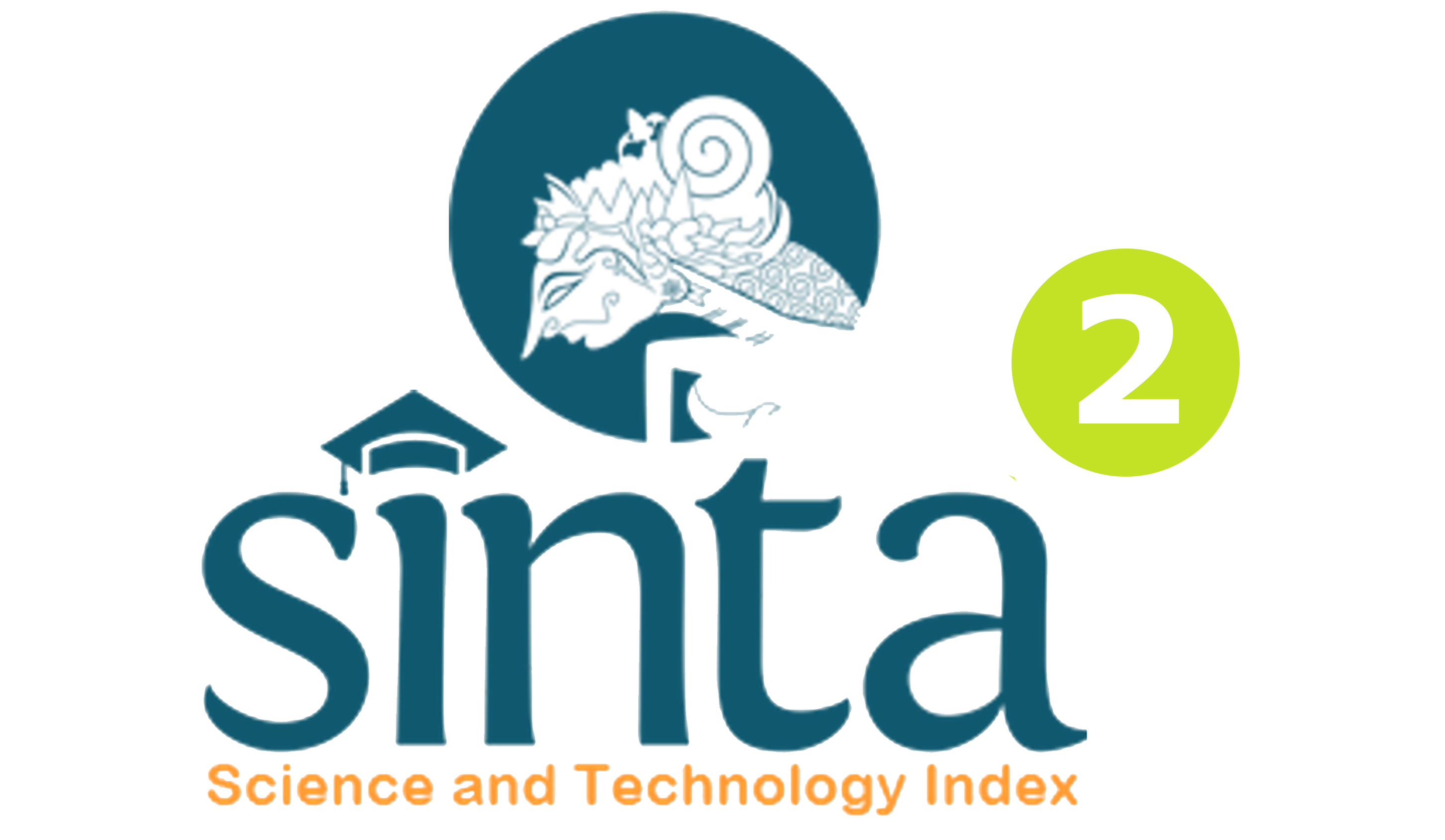The Effectiveness of Behavioral Counseling with Modeling Techniques to Improve Student’s Self Autonomy and Self Endurance
DOI:
https://doi.org/10.23887/bisma.v5i2.38028Keywords:
Behavioral counseling, modelling techniques, experimental studyAbstract
This study aims to determine the effectiveness of the behavioral counseling model with modeling techniques to improve self-autonomy and self-endurance for senior high school students. This experimental study used a pretest-posttest nonequivalent control group design. Through random sampling, 34 students were placed in the experimental group and 32 students were placed in the control group. Data collection used the main data collection method (questionnaire) and complementary data collection methods (observations, interviews, and diaries). The data were analyzed by One-way MANOVA. The results show that there are differences in self-autonomy and self-endurance in the experimental class and control class ( sig = 0.039). The results of Cohen D analysis showed a high level of effectiveness (ES = 0.8). These results prove that behavioral counseling with modeling techniques is effective for improving student’s self-autonomy and self-endurance.
References
Becker, L. A. (2000). Effect Size Measure for Two Independent Groups. Jurnal Effect Size Beeker, (1993), 3.
Chaplin, J. P. (2002). Kamus Psikologi. (terjemahan : Kartono). Jakarta: PT. Raja Grafindo Persada.
Cleland, J., Arnold, R., & Chesser, A. (2005). Failing finals is often a surprise for the student but not the teacher: identifying difficulties and supporting students with academic difficulties. Medical teacher.
Corey, G. (2005). Teori dan Praktek Konseling & Psikoterapi (Koswara.E, ed.). Bandung: PT.Refika Aditama.
Corey, G. (2009). Teori dan Praktek Konseling dan Psikoterapi. Bandung: PT.Refika Aditama.
Dantes, N. (2012). Metode Penelitian. Jogjakarta: ANDI.
Dharsana, K. (2013). Teori-teori Konseling. Singaraja: BK FIP Undiksha.
Dharsana, K. (2015). Seri RPBK untuk Pengembangan Variabel Terikat Self-3. Singaraja: BK FIP Undiksha.
Gita Yunidar, N. M. I., Gading, I. K., & Dharsana, I. K. (2015). Behavioral Counseling with Effective Modeling Techniques to Improve Self Endurance in Students. 4(1), 23–29. https://doi.org/https://ejournal-pasca.undiksha.ac.id/index.php/jurnal_bk/article/view/3272
Hoffnung, R.J., Seifert, K. . (1991). Child and Adolescent Development. ((2nd Ed). Boston: Houghton Mifflin Company.
KBBI. (2016). Kamus Besar Bahasa Indonesia (KBBI) (Kelima). Diambil dari https://indonesia.go.id/kategori/pendidikan/1299/kamus-besar-bahasa-indonesia-kbbi-daring
Kemendikbud. (2018). Permendikbud RI No 20 Tahun 2018. Permendikbud Nomor 20 tahun 2018 tentang Penguatan Pendidikan Karakter pada Satuan Pendidikan Formal, 8–12. Diambil dari https://jdih.kemdikbud.go.id/arsip/Permendikbud_Tahun2018_Nomor20.pdf
Schober, P. Boer, C. Schwarte, L. A. (2018). Correlation coefficients: Appropriate use and interpretation. Anesthesia & Analgesia.
Sugiyanto. (1984). Psikologi Pendidikan. Semarang: UNNESA.
Sutama, G. A., Suranata, K., & Dharsana, K. (2014a). Penerapan Teori Behavioral Dengan Teknik Modeling Untuk Meningkatkan Kemandirian Belajar Siswa Kelas AK C SMK Negeri 1 Singaraja. e-journal Undiksa Jurusan Bimbingan Konseling, 2(1), 1–11








